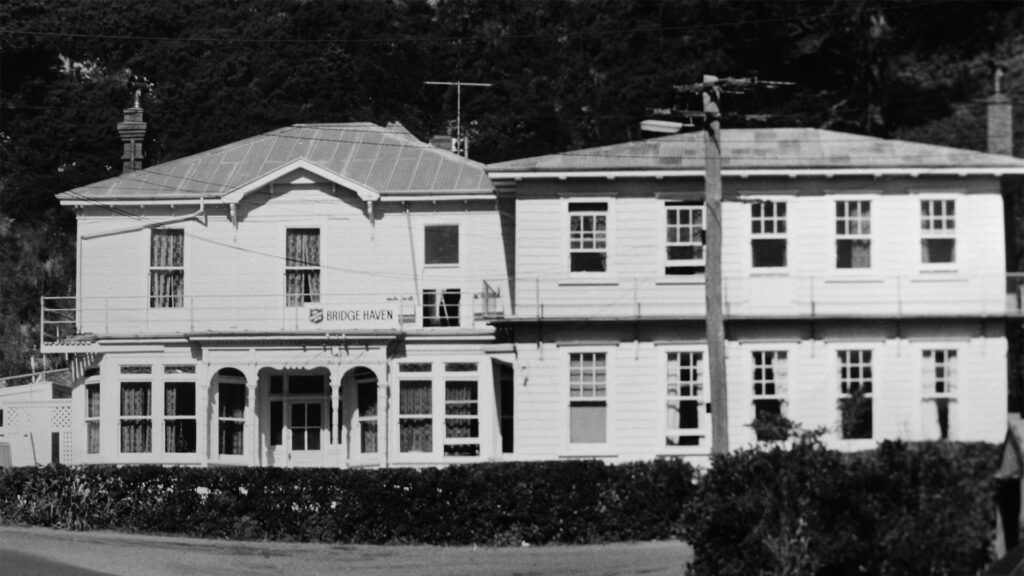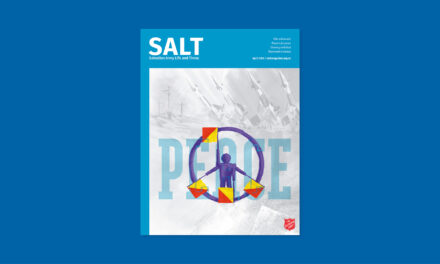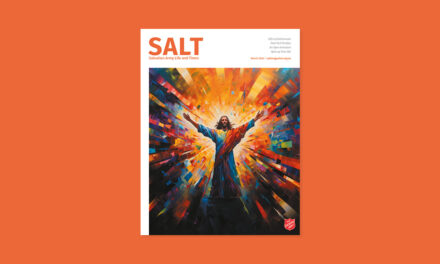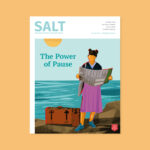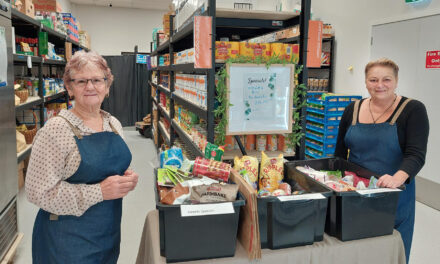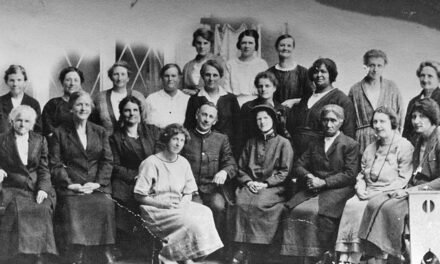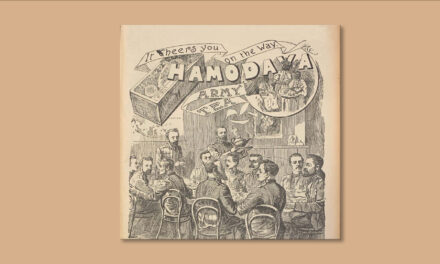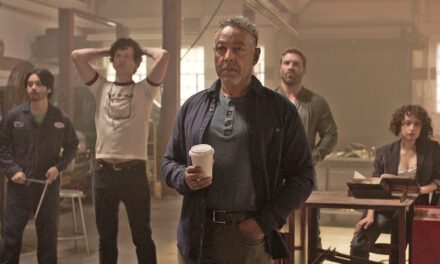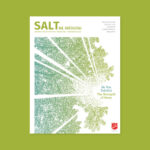
A Bridge to Recovery
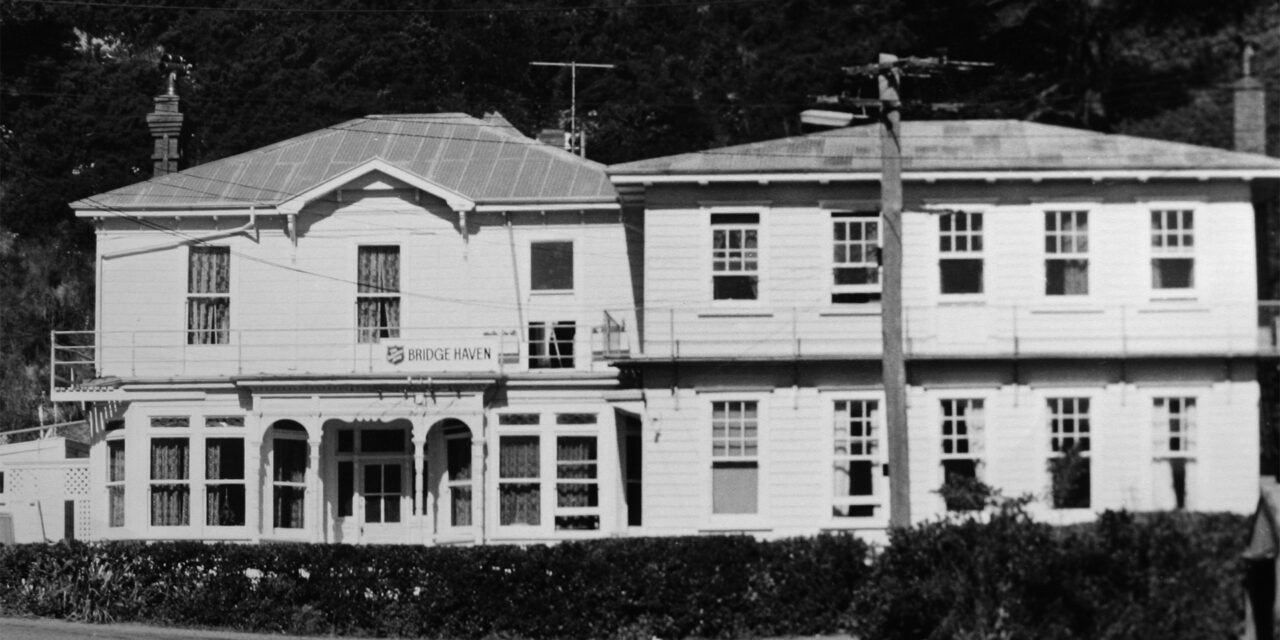
The Salvation Army has a rich and varied history which is preserved at the Heritage and Archives Centre (Plowman Research Centre). This article looks at the early beginnings of ‘The Bridge’ in Wellington and how it expanded throughout New Zealand.
The Bridge programme has become one of The Salvation Army’s most well-known services to help people recover from addictions.
In 1954, The Salvation Army appointed Colonel (Dr) A. Bramwell Cook as chief secretary in New Zealand. He had an extensive medical research background, and was part of a national society and council in alcoholism. After a government-sponsored conference in August 1956, Cook embarked on the development of a residential clinic in the centre of Wellington called ‘The Bridge’.
Alcoholics Anonymous (AA) was already established at this time and its more formulated programme, in part, inspired the development of Bridge. AA made some acknowledgment of the importance of spirituality. However, The Salvation Army’s Bridge was to be more explicit in the importance of faith in recovery.
Fight the Good Fight: The Story of The Salvation Army in New Zealand 1883–1933 by Cyril R Bradwell said the philosophy statement of Bridge was based on both faith- and science-based research, which was an important shift in approach towards rehabilitation:
‘We welcome all that scientific research has contributed to the understanding and rehabilitation of alcoholics … It would, however, be denying our experience, and therefore unscientific, if we failed to give a distinctive witness to the power of God to transform people’s lives’.

As a new kind of treatment facility, Bridge gained acknowledgement with many being referred from AA, hospitals and the Magistrates Court. A person would be accepted into the facility as long as they were genuinely seeking help and currently sober. When Bridge first started, it was intended to be a short-term programme, with people only staying a few weeks.
Each centre (which expanded to other parts of Wellington by 1976) met the needs of certain groups at different stages of addiction. The Miramar rehab centre in Wellington catered more for older men and those needing medical attention, whereas in the Tararua Ranges focused on younger men who could do manual labour in the centre as part of their recovery.
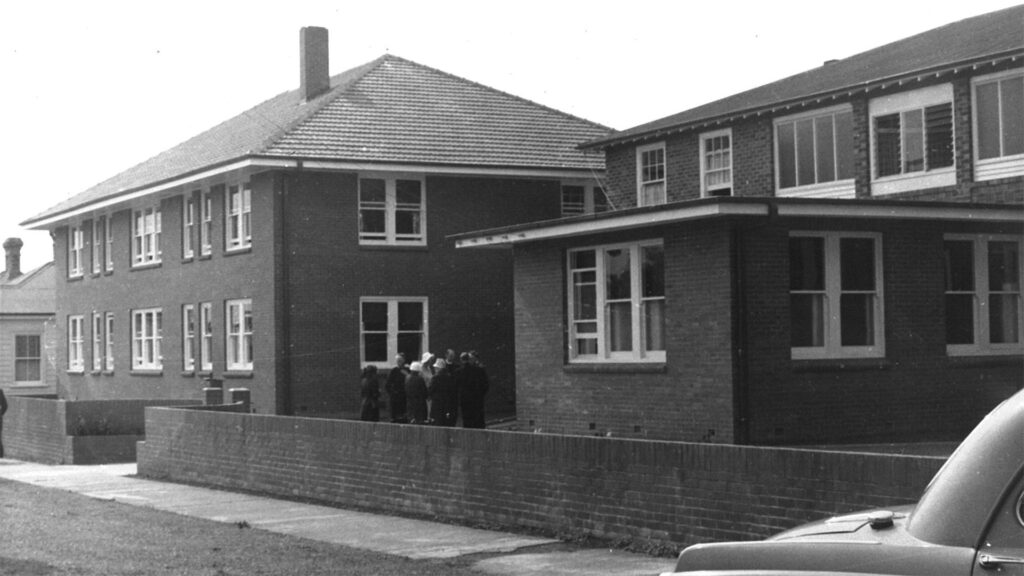
From the success of the Wellington Bridge, a nationwide Bridge programme was launched, with clinics, hostels and rehabilitation centres around the country. By 1980, 700 people struggling with alcoholism were coming through the programme each year.
In Set Free: One Hundred Years of Salvation Army Addiction Treatment in New Zealand 1907–2006, by Majors Don and Joan Hutson, secretary for Social Programme at the time, Major Campbell Roberts, said at a 1994 conference:
‘What works is what we do. That is fine but we need to keep asking ourselves: “Does it work for our clients?” … We must have staff and officers not only highly trained in practical skills but well rounded in treatment skills.’
As a result, Bridge staff were given additional formal training and educational opportunities based on growing addiction research, and there was a gradual shift from residential programmes to community-based programmes with family involvement.
